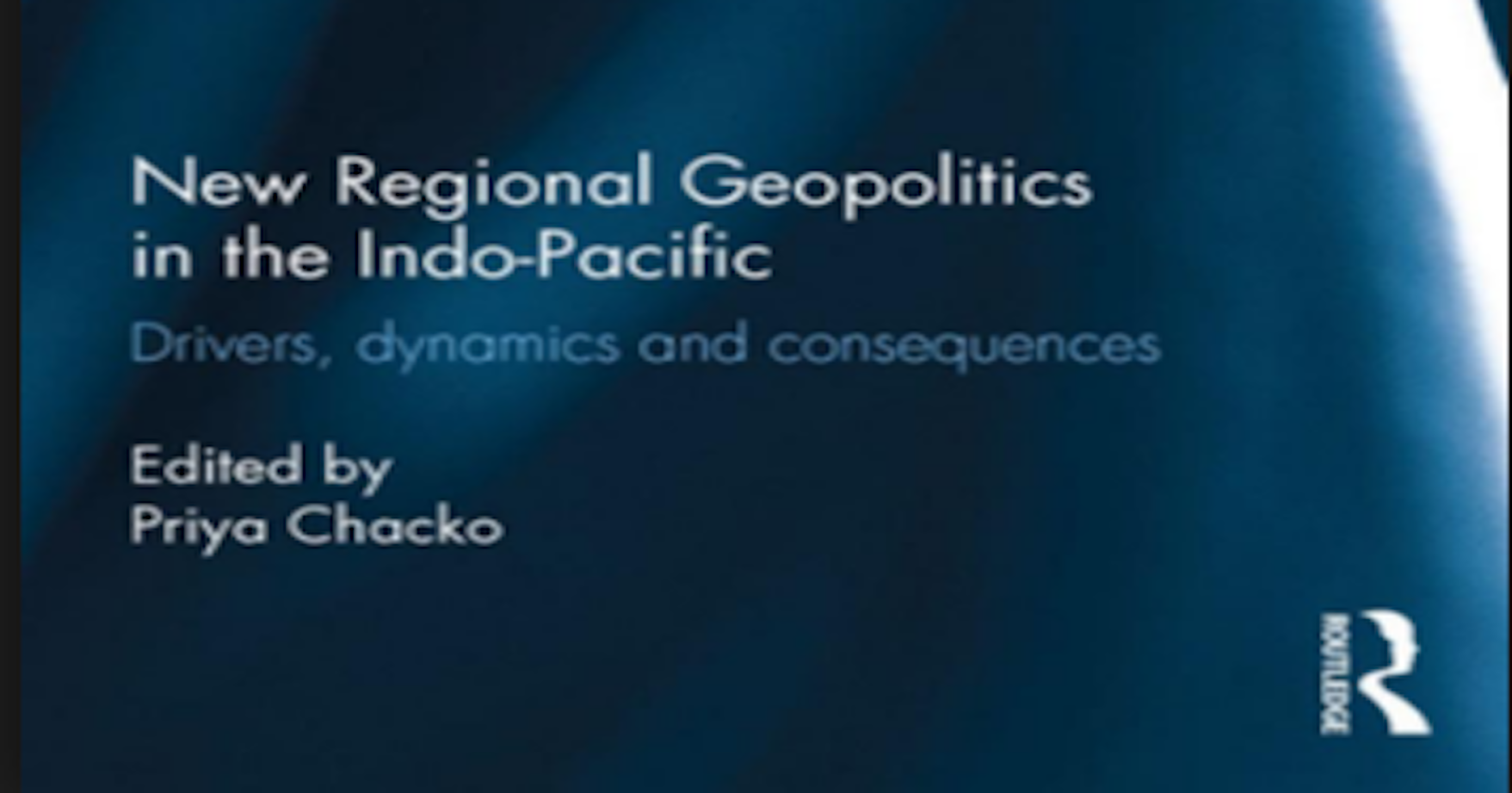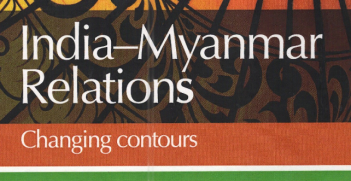Reading Room: New Regional Geopolitics in the Indo-Pacific

The notion of an Indo-Pacific region has now been circulating for at least half a decade. It first emerged in a flurry of policy documents in the early 2010s most notably, in an Australian context, in the Gillard government’s Defence White Paper published in early May 2013. It has since been much debated. Some think the concept captures the geopolitical importance of a set of existing and emerging economic linkages stretching from the Western Pacific to the Middle East and from China and Japan south to the Antipodes. Others argue it is unhelpful, with problematic implications for strategic policy.
This book collects seven essays that analyse what the concept means for different constituencies across the region. It is interdisciplinary in approach, drawing on international relations and strategic studies, political economy and geography, and is diverse in opinion.
For Rory Medcalf, the Indo-Pacific is a super-region bound by the sea-lanes of communication that carry oil across the Indian Ocean, through the South China Sea and into the Pacific, but also by the ASEAN-centred regional security architecture that has emerged since the 1990s, particularly the East Asia Summit. As such, the concept captures a set of emerging challenges and opportunities to which Australia must respond.
Purnendra Jain and Takenori Horimoto, for their parts, observe that while the term ‘Indo-Pacific’ is not generally favoured in Japan, a clear reorientation of official thinking is underway about a parallel concept, koiki Ajia (broader Asia), as Tokyo’s new strategic activism gathers pace, especially in Southeast and South Asia.
In her chapter, Priya Chacko turns to India. She notes that the Indo-Pacific has received a warm reception in New Delhi, fitting as it does with India’s ‘Look East’ (now ‘Act East’) policy of reengagement with East Asia and with its new strategic partnerships with Australia, Japan and especially the United States.
David Willis (on Indonesia) and Chengxin Pan (on China) round out the country-focused chapters. Willis argues that the reception of the Indo-Pacific idea in Jakarta has been conditioned by Indonesian perceptions, and unease, about how the concept and the dynamics it captures might affect its own understandings of the region and its regional leadership aspirations. China, Pan suggests, has a different set of anxieties about the Indo-Pacific: some in Beijing worry that the emergence of the idea signals the coalescence of a counterbalancing coalition.
Two more theoretical contributions, from Timothy Doyle and Marijn Nieuwenhuis, round out the volume. Using US military attitudes towards climate change, Doyle explores whether the Indo-Pacific is best grasped as an imagined ‘non-region’ serving to preserve, for as long as possible, American power. Taking a different tack, Nieuwenhuis examines how mapping regions reflects shifting geostrategic interests across the region or regions of the Indo-Pacific.
This book is not going to be the last word on this vexed concept but it is a thought-provoking and useful contribution to the conversation about how best to understand it.
Priya Chacko, eds, New Regional Geopolitics in the Indo-Pacific: Drivers, Dynamics and Consequences, Routledge, 2016.
Ian Hall is the acting director of the Griffith Asia Institute, Griffith University.





